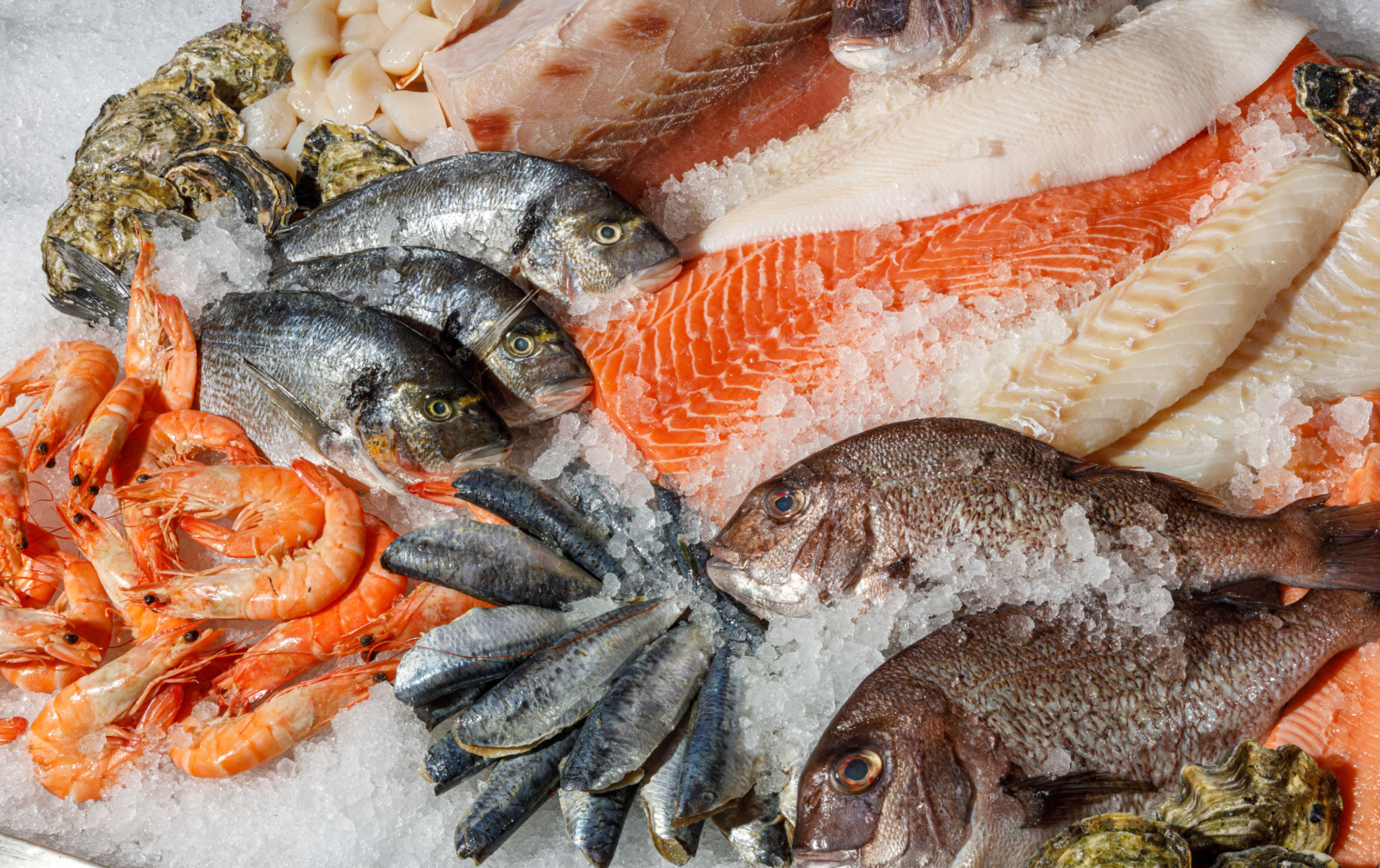Taste Tour: Comparing Japanese and Khmer Cuisine for Travelers
Introduction to Culinary Journeys
When it comes to culinary exploration, both Japan and Cambodia (Khmer cuisine) offer unique flavors that captivate the taste buds. For travelers seeking a gastronomic adventure, comparing these two distinct cuisines can be a rewarding experience. With deep cultural roots and diverse ingredients, Japanese and Khmer cuisines tell a story of their own, enticing food enthusiasts from around the world.

Understanding Japanese Cuisine
Renowned for its emphasis on simplicity and seasonal ingredients, Japanese cuisine has become a global favorite. Staples such as sushi, sashimi, and ramen have gained international acclaim. The meticulous preparation and presentation reflect the importance of aesthetics in Japanese culture.
One of the most notable aspects of Japanese cuisine is its reliance on rice as a fundamental component. Often paired with fresh seafood, vegetables, and miso soup, meals are carefully balanced to highlight natural flavors. Additionally, the art of kaiseki dining emphasizes seasonal ingredients, offering a multi-course experience that is both artful and delicious.
The Role of Seafood
Japan's geography as an island nation plays a significant role in its cuisine, with seafood being a prominent feature. Whether it's the delicate slices of sashimi or the comforting warmth of a seafood hot pot, the freshness and quality of ingredients are paramount.

Exploring Khmer Cuisine
Khmer cuisine, the traditional food of Cambodia, offers an entirely different set of flavors and textures. Known for its bold use of herbs and spices, Khmer dishes often feature contrasting tastes that create complex flavor profiles. Lemongrass, galangal, and kaffir lime leaves are commonly used herbs that define its distinctive taste.
Rice is also a staple in Khmer cuisine, often served with dishes like amok, a popular coconut milk curry steamed in banana leaves. This dish exemplifies the harmonious blend of flavors that characterize Khmer cooking.
Influence of Fermented Ingredients
Fermented ingredients such as prahok, a type of fermented fish paste, are integral to many Khmer dishes. These ingredients add a savory depth that complements the fresh herbs and spices used in Cambodian cooking. The result is a rich tapestry of flavors that is both intriguing and satisfying.

Cultural Significance and Dining Experience
Both Japanese and Khmer cuisines are deeply intertwined with their respective cultures. In Japan, meals are often an opportunity for mindfulness and appreciation of nature's bounty. The act of dining is not only about sustenance but also about connecting with the natural world through food.
In contrast, Khmer cuisine is closely linked to communal dining experiences. Meals are typically enjoyed family-style, with multiple dishes shared among diners. This fosters a sense of community and togetherness, reflecting the social fabric of Cambodian society.
Conclusion: A Culinary Adventure Awaits
For travelers eager to embark on a taste tour, Japan and Cambodia offer culinary landscapes that are both diverse and captivating. Whether you find joy in the refined elegance of Japanese dishes or the vibrant flavors of Khmer cuisine, each bite provides a glimpse into the heart and soul of these cultures.
As you explore these culinary traditions, remember that each dish tells a story—a narrative of history, culture, and artistry that transcends borders. So pack your bags, bring your appetite, and prepare for a delicious journey unlike any other.
